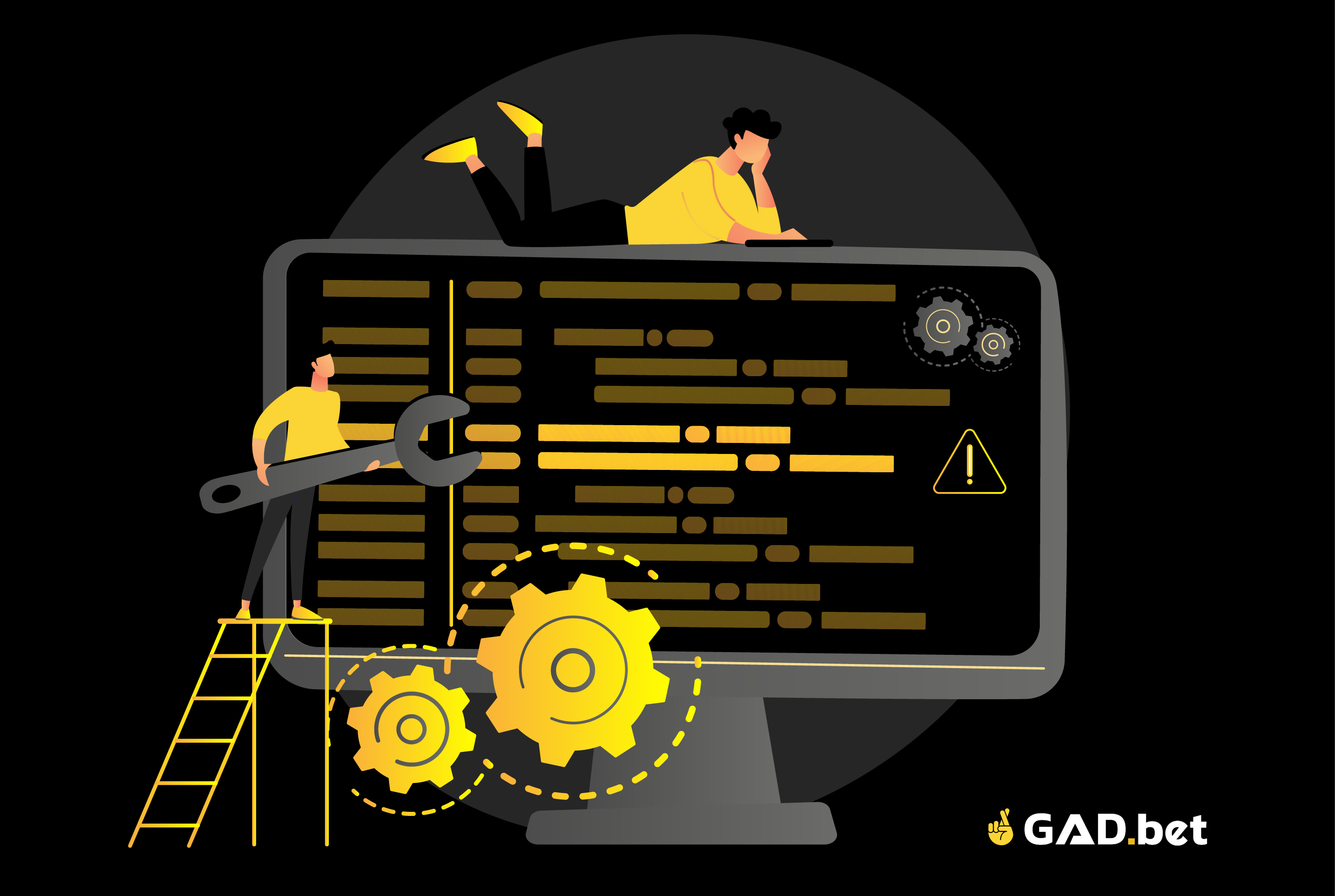
Content
Many users of OBS (Open Broadcaster Software) for streaming encounter the problem of an overloaded encoder, which can cause lags and a decrease in the quality of the broadcast. In this article, we will examine the reasons for this problem and ways to solve it to improve the quality of your stream.
Causes of Encoder Overload
Incorrect OBS Settings
One of the main reasons for encoder overload is incorrect program settings. This may include too high resolution, frame rate, bitrate, or using an inefficient codec.
Weak Hardware
Encoder overload can be caused by insufficient performance of your computer. It is essential to understand that not all systems can provide a smooth stream with high video quality, especially if you have an old or weak graphics card.
Software Conflicts
In some cases, encoder overload may be caused by conflicts with other programs using your computer’s resources, such as antivirus programs or video recording software.
Solving the Encoder Overload Problem
Configuring OBS Settings
For optimal OBS setup, you will need to do the following:
- Set video resolution: In the “Settings” section, select “Video” and set the “Base Resolution” to a value corresponding to your monitor (usually 1920×1080). For “Output Resolution,” choose a value smaller than the base resolution, such as 1280×720.
- Set frame rate: In the “Settings” section, select “Video” and set the “Frame Rate” to a value of 30 or 60 frames per second, depending on your system and the type of content you are streaming.
- Configure bitrate: In the “Settings” section, select “Output” and set the “Bitrate” to a value recommended by your streaming service provider (such as Twitch or YouTube). Typically, for a 720p stream, a bitrate of 2500 to 4000 kbps is recommended, and for 1080p – 4500 to 6000 kbps. Also, consider your internet connection speed when choosing a bitrate.
- Choose codec: In the “Settings” section, select “Output” and in the “Encoder” section, choose a suitable codec for your system. If you have a modern graphics card, select a hardware codec (e.g., NVENC for NVIDIA or AMD VCE for AMD), which will provide less load on your processor. Otherwise, choose a software codec, such as x264.
Updating Hardware
If your computer cannot handle the streaming load, you may need to update your hardware. Consider upgrading the following components:
- Graphics card: Investing in a more powerful graphics card can significantly improve streaming performance. Consider purchasing a graphics card with hardware encoding support, such as NVIDIA GeForce RTX or AMD Radeon RX.
- Processor: A powerful processor also plays an essential role in ensuring smooth streaming. Consider upgrading to a more powerful processor, especially if you are using a software codec for video encoding.
- RAM: Increasing the amount of RAM can help cope with tasks related to encoding and processing video. It is recommended to have at least 16 GB of RAM for comfortable operation.
Resolving Software Conflicts
Ensure that other programs running in the background do not conflict with OBS or consume too many system resources:
- Close unnecessary applications, especially those that actively use the processor, graphics card, or network resources.
- Update graphics card and processor drivers to the latest versions to eliminate possible compatibility issues.
- Add OBS to the exceptions list of your antivirus or firewall to prevent blocking or restricting access to system resources.
- Check for updates for OBS and install them if available. New versions of the program may contain bug fixes and optimizations that improve performance while streaming.
Optimizing Game and Application Settings
In addition to setting up OBS, it is also essential to optimize the settings of the games and other applications you stream. Follow these recommendations to improve performance and stream quality:
- Reduce the resolution of the game or application to 720p or 1080p if they use a higher resolution.
- Set the game’s graphics settings to medium or low values, especially if your computer has limited hardware resources.
- Limit the frame rate in the game or application to match the frame rate in OBS to avoid skipped frames and reduce the load on the computer.
Checking and Analyzing Results
After making all necessary changes to OBS settings, hardware, and applications, conduct a test stream to check the results. Pay attention to the following aspects:
- No lags or skipped frames when watching the stream.
- Stable bitrate and low percentage of lost packets.
- No encoder overload messages in OBS.
If, after all optimizations and updates, the encoder overload issue still persists, consider using alternative streaming programs such as XSplit or Streamlabs OBS, which may offer different encoding options and optimizations.
Table: Recommended Settings for Different System Types
| System Type | Video Resolution | Frame Rate | Bitrate | Codec |
| Weak | 854×480 (480p) | 30 FPS | 1500 | x264 |
| Medium | 1280×720 (720p) | 30 FPS | 2500-3500 | x264/NVENC/AMD VCE |
| Powerful | 1280×720 (720p) | 60 FPS | 3500-5000 | NVENC/AMD VCE |
| High-performance | 1920×1080 (1080p) | 60 FPS | 4500-6000 | NVENC/AMD VCE |
Conclusion
Encoder overload in OBS can lead to reduced stream quality and disappointment for viewers. However, by following the recommendations provided for program setup, hardware updates, and game and application optimizations, you can significantly improve the performance and quality of your stream. Do not forget to regularly check for OBS and driver updates and experiment with different settings to find the optimal balance between quality and performance.








